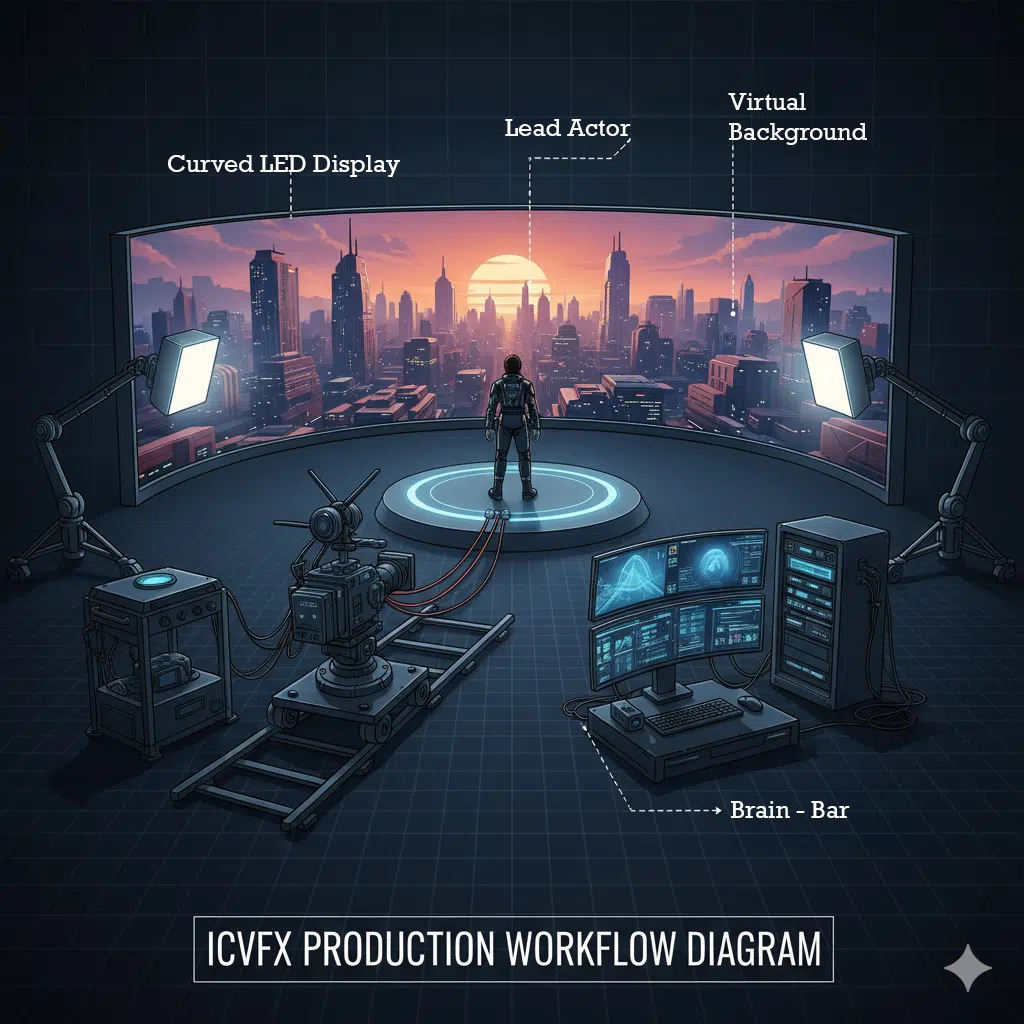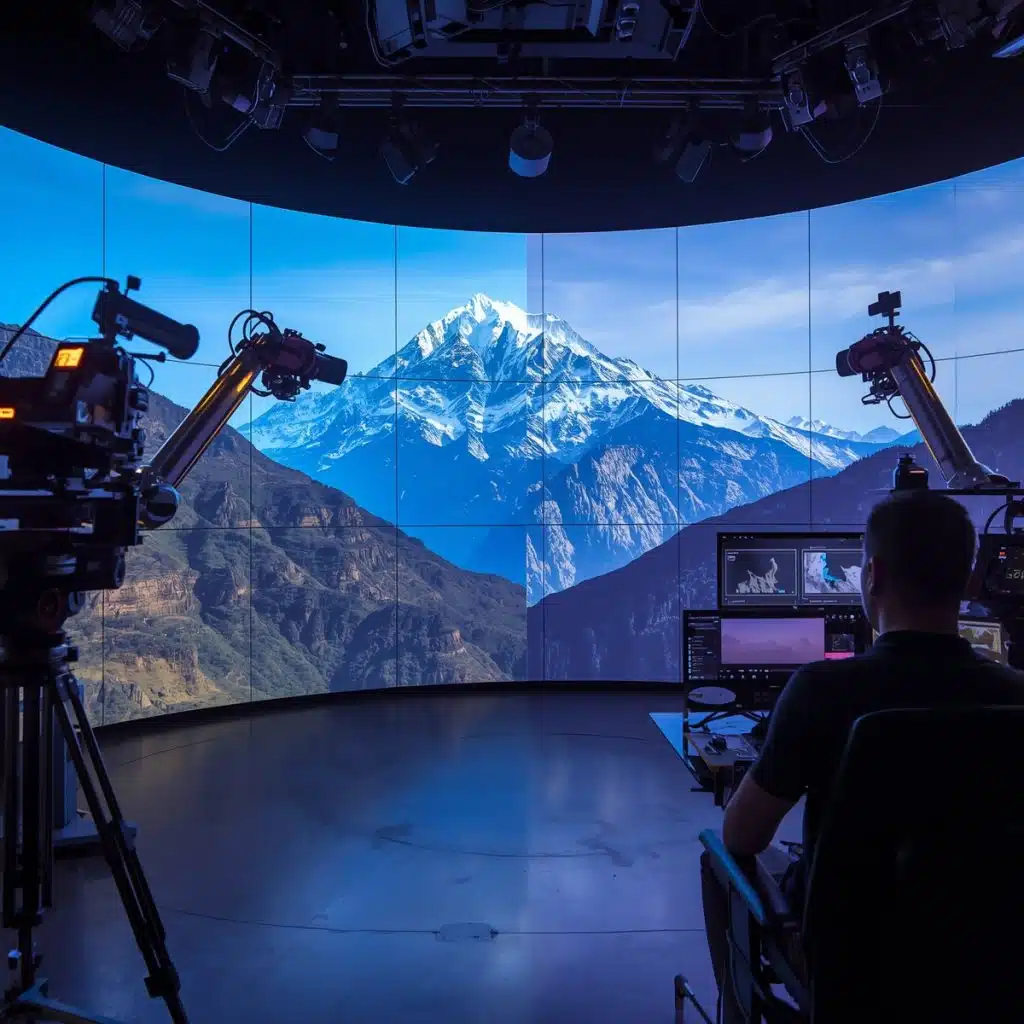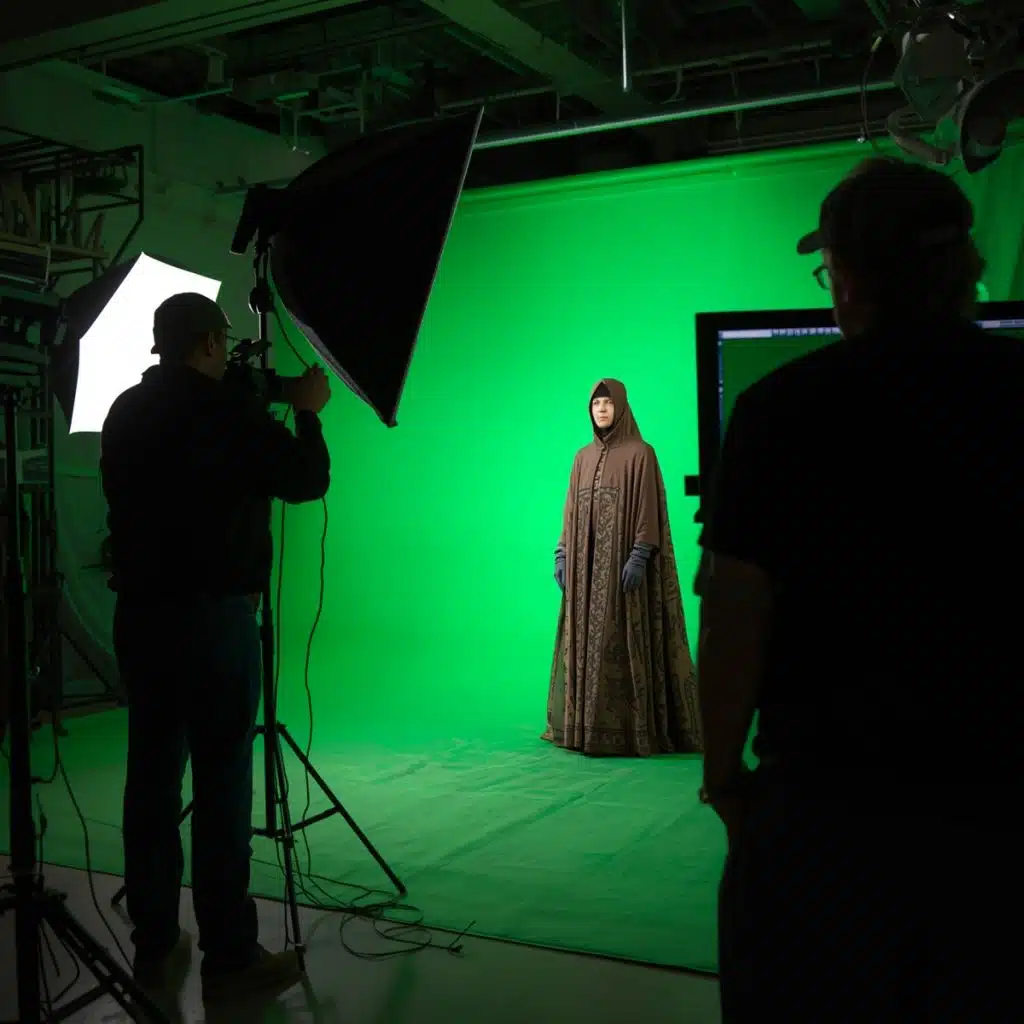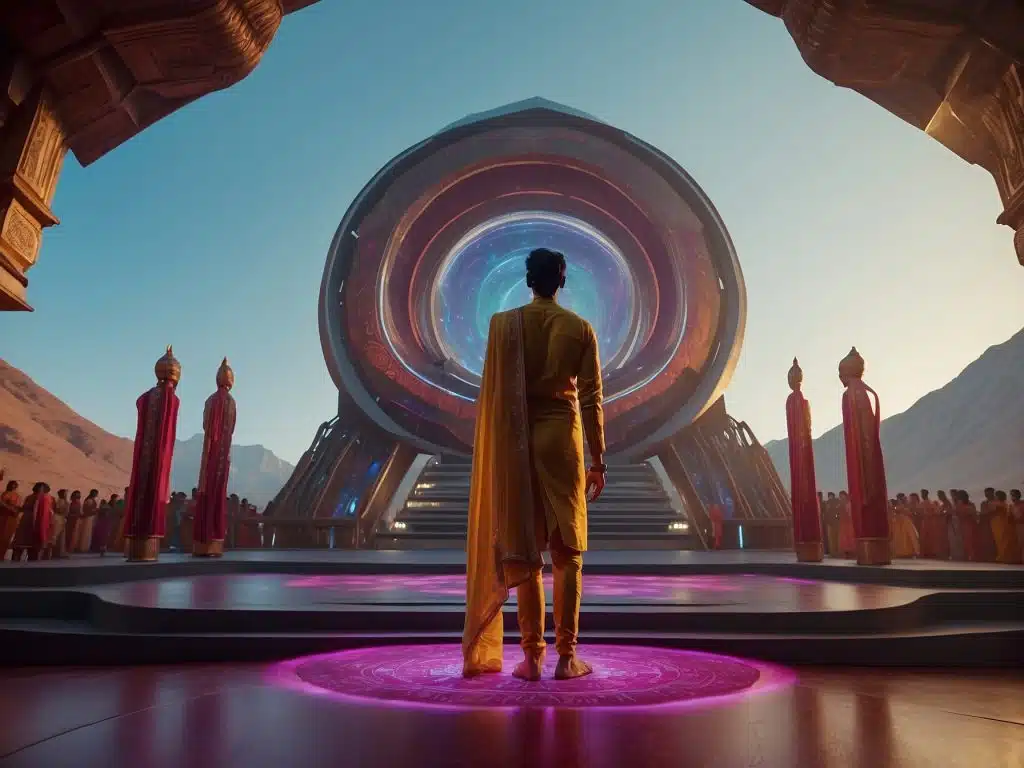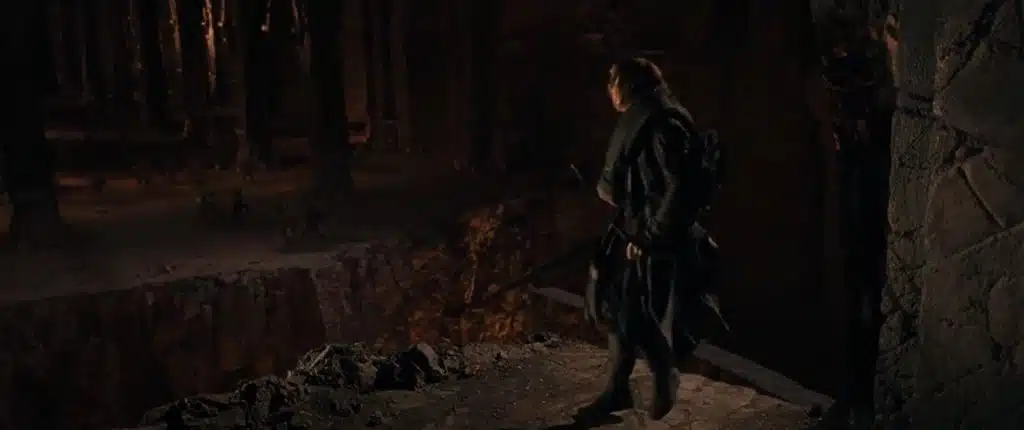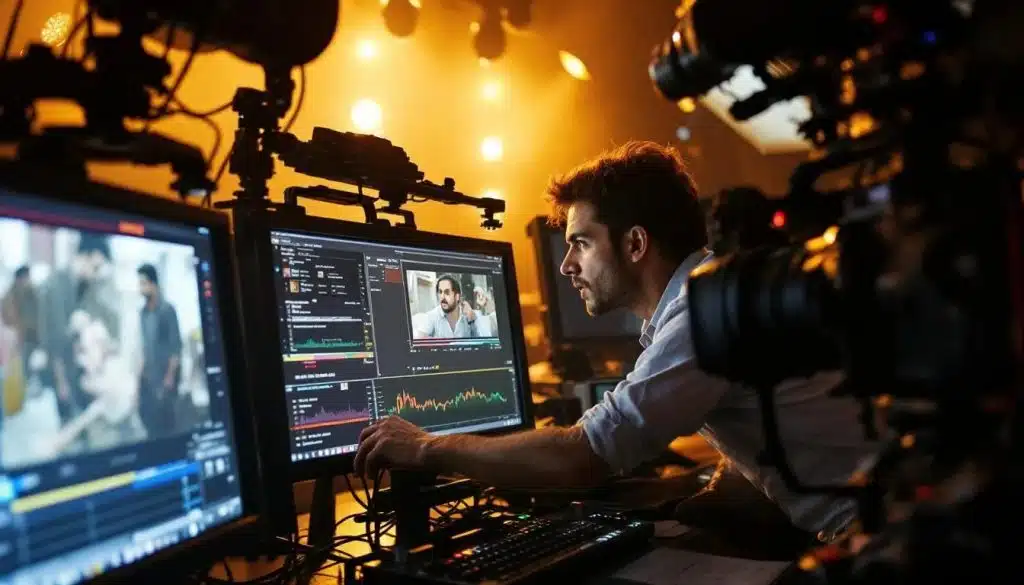LED Wall vs. Green Screen
Choosing the Best Tool for Your Film - Virtual Production
One of the biggest challenges in the filmmaking industry is creating a realistic background and increasing the audiences’ viewing experience.
Filmmakers generally achieve this based on constructive elaborative sets or backdrops and with the introduction of the green screen both television and film industry got some relief!
The battle begins…the confusion increases and there’s a need to choose the right workflow.
In the ever-evolving world of filmmaking, the battle between traditional green screens and cutting-edge LED walls has sparked intense debate. Each technology brings unique strengths to the table, catering to different creative needs and production challenges. We have tried to make a comparison to help you decide which is better suited for your next cinematic masterpiece!
CONNECT WITH US
Green Screen: A Time-Tested Classic
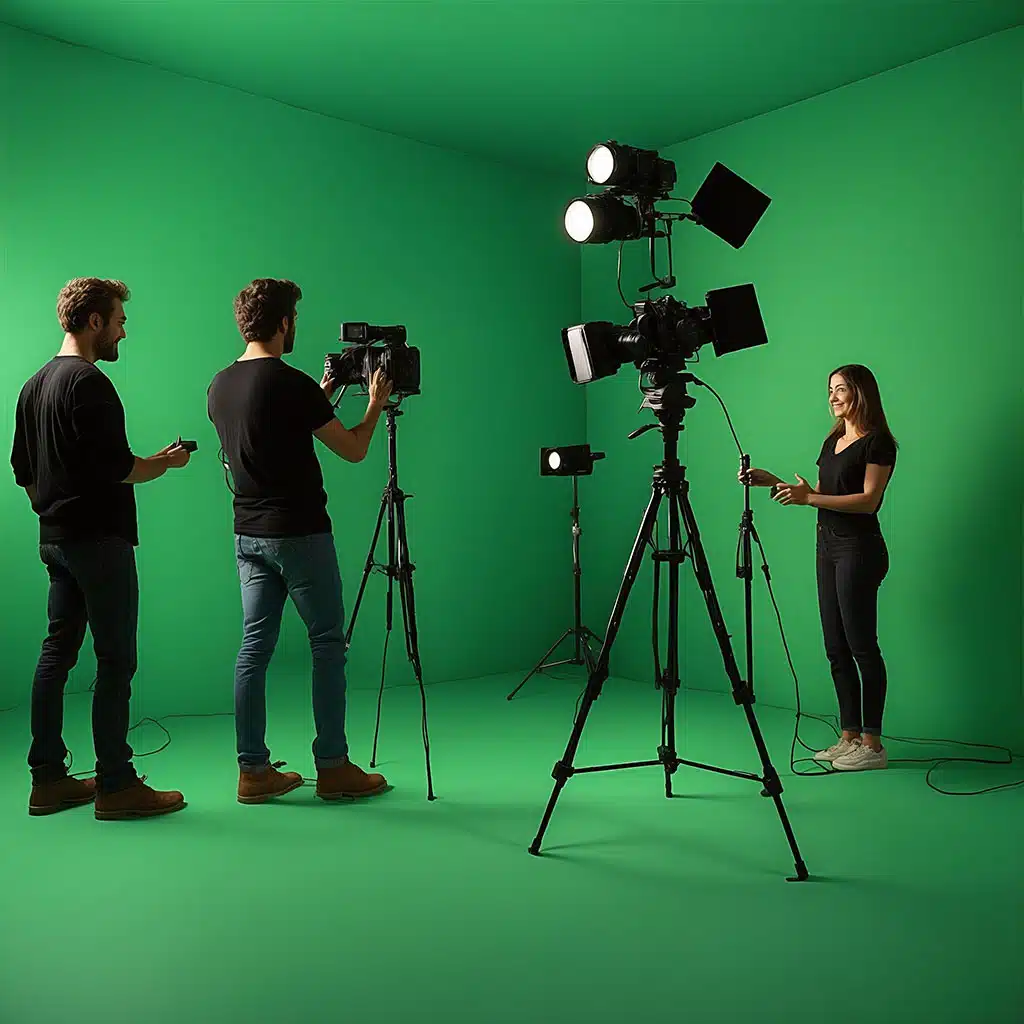
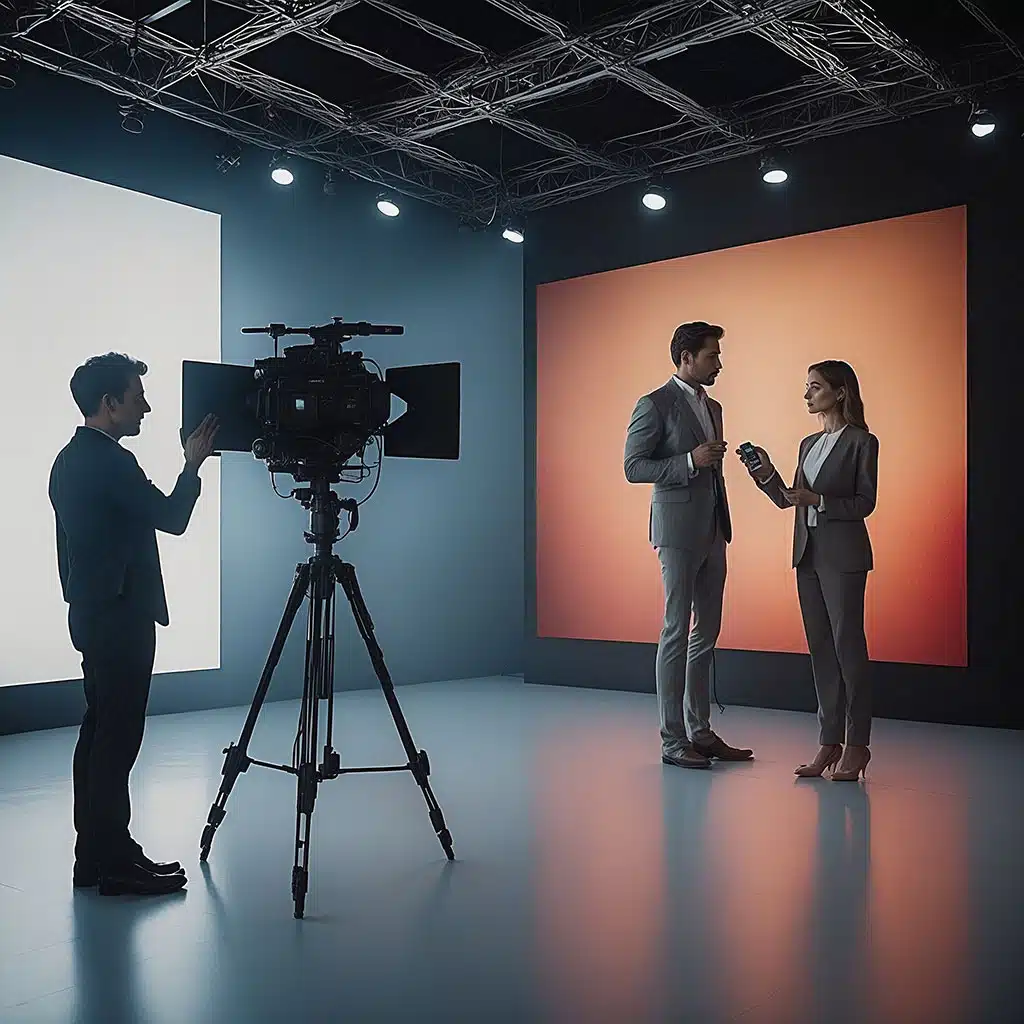
For over a century, green screens (and their blue counterparts) have been a staple in film and television production. They work by placing a large colored backdrop behind actors and props, which is later replaced with digital environments during post-production. Here’s why green screens continue to hold their ground:
Cost-Effective Setup: Setting up a green screen is relatively straightforward and cost-effective compared to building an LED wall. It can be done in any studio space, making it versatile for various production scales and budgets.
Flexible Post-Production: Green screens offer flexibility in post-production for adding complex CGI elements and environments. This method is ideal for scenes requiring extensive visual effects work or precise control over lighting and shadows.
Established Workflow: Filmmakers are familiar with the workflow of using green screens, from set design to post-production compositing. It’s a tried-and-true method that integrates well with existing production pipelines.
However, green screens come with their own set of challenges:
Lighting Constraints: Achieving consistent lighting on actors and props to match virtual backgrounds can be tricky, often requiring meticulous setup and adjustments.
Post-Production Cleanup: Dealing with color spillage (green reflections on actors) during filming can complicate post-production editing, demanding careful attention to detail and additional time.
Final Output: The final output is dependent on the post-production teams, and none have a clarity of how a particular scene or shot will look like.
LED Wall: The Next Frontier in Immersive Filmmaking

Enter the LED wall, also known as a LED volume wall, a game-changer in modern filmmaking inspired by its success in productions like “The Mandalorian” and “1899”. Here’s why filmmakers are turning to LED walls:
Real-Time Visuals: LED walls create dynamic, photorealistic backgrounds in real-time using advanced 3D game engines like Unreal Engine. This allows actors and directors to see and interact with environments live on set, enhancing performances and visual continuity.
Natural Lighting Integration: Unlike green screens, LED walls emit light naturally, providing realistic lighting effects that interact seamlessly with live-action elements. This eliminates the need for extensive lighting setups and post-production adjustments. Also, the studio lights are not affected by external factors and DMX light controllers do the job.
Streamlined Workflow: By reducing reliance on post-production for background integration, LED walls streamline the production process, saving time and costs associated with extensive CGI work after filming wraps.
Despite its advantages, LED walls pose challenges of their own:
Initial Investment: Building and operating an LED wall requires a significant upfront investment in hardware, software, and skilled technicians. This can be a barrier for smaller productions with limited budgets.
Technical Expertise: Operating a Volume demands technical expertise to handle real-time rendering, system maintenance, and troubleshooting. This requires a dedicated team to ensure smooth operation throughout filming.
Choosing the Right Tool for Your Production
Ultimately, the choice between green screens and LED walls boils down to your project’s specific requirements and resources:
Consider Your Budget: Green screens offer a cost-effective solution for projects with limited funds, whereas LED walls require a higher initial investment but offer long-term efficiency.
Evaluate Creative Needs: For scenes requiring precise lighting control and complex visual interactions, LED walls provide unmatched realism and versatility.
Production Scale: The scale of your production, be it a small indie film or blockbuster extravaganza, it will influence your choice. Green screens remain viable for expansive scenes, while LED walls excel in creating immersive, interactive environments.
Both green screens and LED walls have revolutionized filmmaking, each offering distinct advantages in crafting compelling visual narratives. Whether you opt for the flexibility of green screens or the immersive capabilities of LED walls, understanding their strengths and limitations is key to leveraging these technologies effectively in your next film project.
Features
Green Screen
LED Wall
How to move into virtual production?
It’s Time for an Increased Safety
If you are a committed individual in filmmaking- VFX and Animation excites you then virtual production innovation is something you should like! Connecting to the best virtual production academy in India programs will get you thorough understanding of the virtual production to fastrack your career in this creative industry.
If you are a professional or a newbie still you can start with the program dedicated to virtual production training. It will help to develop a cohesive understanding of the virtual production workflow and get you familiarized with the diverse set of equipment for VP.
Elevate your career with The Virtual Production Academy!
RECENT POSTS

